At COAST, our approach to treatment is an active and engaged process. Our therapists use a variety of techniques and tools to aid in the injury rehabilitation process. Here are some of the different therapies you can expect at COAST.
Instrument Assisted Soft Tissue Mobilization
Instrument Assisted Soft Tissue Mobilization (IASTM) is a form of soft-tissue treatment which targets fascial restrictions and scar tissue. IASTM works by causing microtrauma to the soft-tissue in order to trigger the body’s inflammatory response. This allows for more blood flow to the area, which aids in healing.
IASTM can be very effective at treating injuries related to tendons and ligaments, such as tennis elbow or plantar fasciitis
IASTM can be uncomfortable, but it isn’t painful. Afterwards, patients may notice some redness in the area which will disappear after 24 hours.
Hivamat Therapy
Hivamat or (HI) Histological (VA) Variable (MA) Manual (T) Technique, uses electrostatic waves transferred through the Therapist’s hand to help quickly relax muscles, alleviating pain, and reducing swelling while restoring flexibility and blood supply to an injury.
It can be used to help rehabilitate a wide range of injuries and even chronic pain conditions. This is due to its effectiveness at alleviating pain and inflammation.
Patients can expect to feel a little bit of tingling during a Hivamat treatment from the electrostatic waves, but otherwise is it quite painless.
Therapeutic Ultrasound
Ultrasound has been used as a form of treatment by rehab specialists for a long time. Today, it is mostly used as an effective way to promote healing by introducing sound waves into the tissues.
Intramuscular Stimulation
The idea behind Intramuscular stimulation (IMS) is that thin needles are inserted into tight muscle bands in order to stimulate the muscle. This stimulation causes the muscle to contract around the needle, which then allows the muscle to relax. The needling also creates a localized inflammatory response which triggers the healing mechanism of the body, increasing blood flow to the area.
There’s no question, most patients do find IMS to be uncomfortable. The actual treatment isn’t very long, it only lasts about a few seconds. Some people also experience some mild muscle soreness for about 24 hours after IMS treatment.
Click here to book an appointment with one of our Rehab Specialists.





